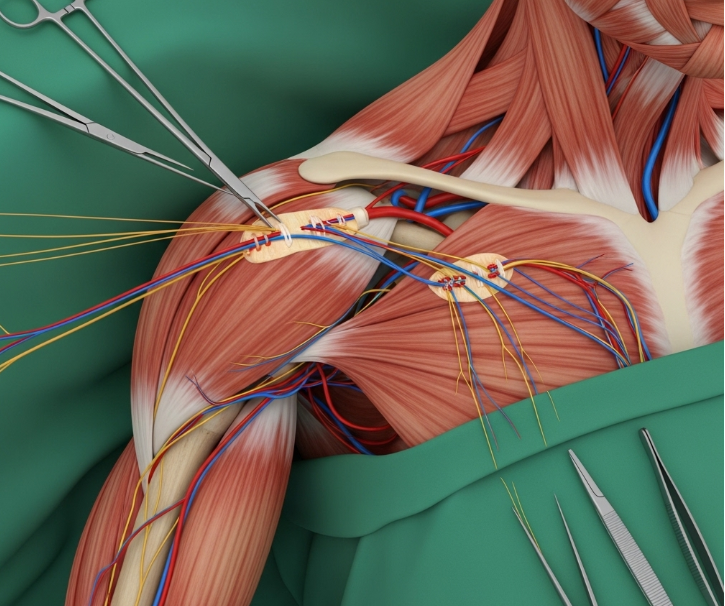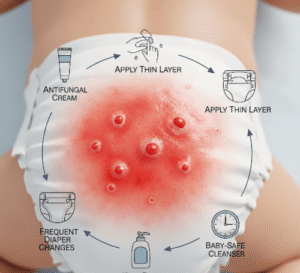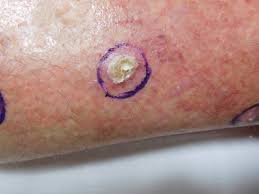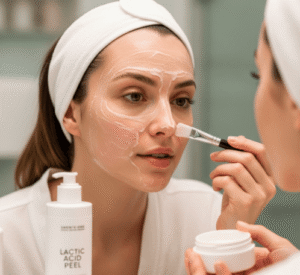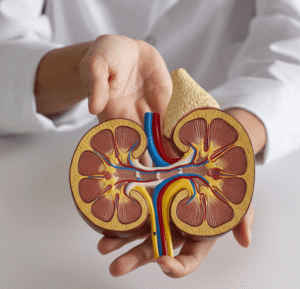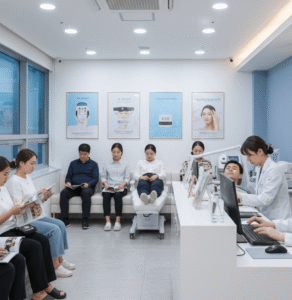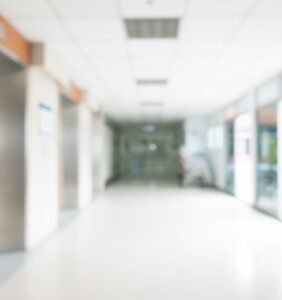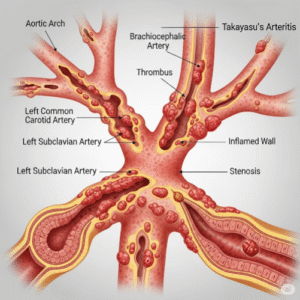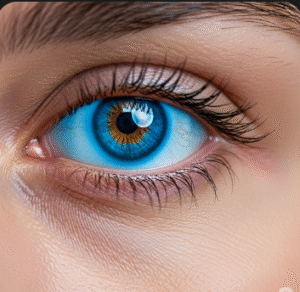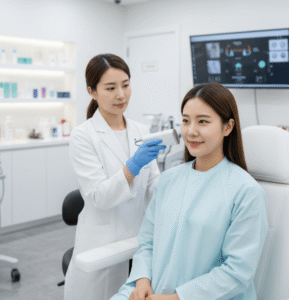What It Is
Brachial plexus reconstruction is a complex surgical procedure to repair injuries to the brachial plexus, the network of nerves that controls movement and sensation in the shoulder, arm, and hand. These injuries can result from trauma (motorcycle or car accidents), birth injury (obstetric brachial plexus palsy), tumors, or inflammation.
Reconstruction may involve nerve grafts, nerve transfers, nerve decompression, or muscle/tendon transfers, depending on the severity and type of injury. In Korea, these surgeries are performed in specialized centers with microsurgical expertise, intraoperative nerve monitoring, and advanced rehabilitation programs.
Why It’s Done
Patients undergo brachial plexus reconstruction because:
- They experience paralysis or severe weakness in the shoulder, arm, or hand.
- Loss of sensation puts them at risk of burns or injuries.
- Painful neuropathic symptoms limit quality of life.
- They want to restore function, mobility, and independence.
Good candidates include:
- Patients with traumatic brachial plexus injury within 6–12 months of onset.
- Children with obstetric brachial plexus palsy who have not recovered spontaneously.
- Adults in good health who can undergo complex microsurgery and rehabilitation.
Alternatives
- Physical therapy alone: May help in partial injuries but not in severe cases.
- Pain management: Medications, nerve blocks, or neurostimulation.
- Orthopedic bracing or functional supports: To assist mobility if surgery is not possible.
Preparation
Before brachial plexus reconstruction in Korea, patients will:
- Undergo detailed neurological examination and imaging (MRI, CT myelography).
- Have electromyography (EMG) and nerve conduction studies to assess nerve damage.
- Stop smoking and alcohol at least 4 weeks before surgery.
- Discuss realistic goals, as full recovery may not be possible in severe cases.
- Prepare for long-term rehabilitation after surgery.
How It’s Done
- Anesthesia: General anesthesia is required.
- Approach: An incision is made along the neck, shoulder, or arm depending on the injury site.
- Techniques used:
- Nerve grafting: Healthy nerves from elsewhere (e.g., sural nerve from the leg) are transplanted to bridge gaps.
- Nerve transfer: Nearby functional nerves are rerouted to restore lost function (e.g., intercostal nerves to musculocutaneous nerve).
- Neurolysis: Scar tissue is removed to free compressed nerves.
- Muscle or tendon transfers: Used in severe injuries for functional restoration.
- Microvascular techniques are used to connect nerves under high magnification.
- Duration: 6–12 hours depending on complexity.
Recovery
- First weeks: Patients stay in the hospital for close monitoring. Pain and swelling are managed with medications.
- Immobilization: The arm may be placed in a sling initially.
- Rehabilitation: Intensive physical and occupational therapy begins early to stimulate nerve recovery and prevent stiffness.
- Nerve regeneration: Progress is slow—nerves regenerate about 1 mm per day. Functional improvement may take 6–18 months.
- Final results: Vary depending on severity, but many patients regain useful movement and sensation.
Possible Complications
- Incomplete recovery of movement or sensation.
- Donor site issues (numbness where graft nerves were taken).
- Infection or wound healing problems.
- Chronic neuropathic pain.
- Rare risks: vascular injury or graft failure.
Treatment Options in Korea
Diagnosis
Korean specialists use high-resolution MRI, CT myelography, nerve ultrasound, EMG, and nerve conduction studies to precisely evaluate nerve injury.
Medical Treatments
- Pain management with medications or nerve blocks.
- Physical therapy to maintain muscle health and prevent joint stiffness.
Surgical or Advanced Therapies
- Nerve grafting with sural nerve or other donor nerves.
- Nerve transfers for restoring critical movements (e.g., shoulder abduction, elbow flexion).
- Free functional muscle transfer (such as gracilis muscle transfer) for advanced cases.
- Combined microsurgical and orthopedic procedures for maximum functional recovery.
Rehabilitation and Support
- Intensive postoperative physiotherapy to maximize nerve regeneration.
- Occupational therapy for hand function and daily activity adaptation.
- Long-term follow-ups with EMG to track nerve recovery.
- International patients benefit from Korea’s multidisciplinary microsurgery centers, cutting-edge diagnostics, and multilingual aftercare support.

